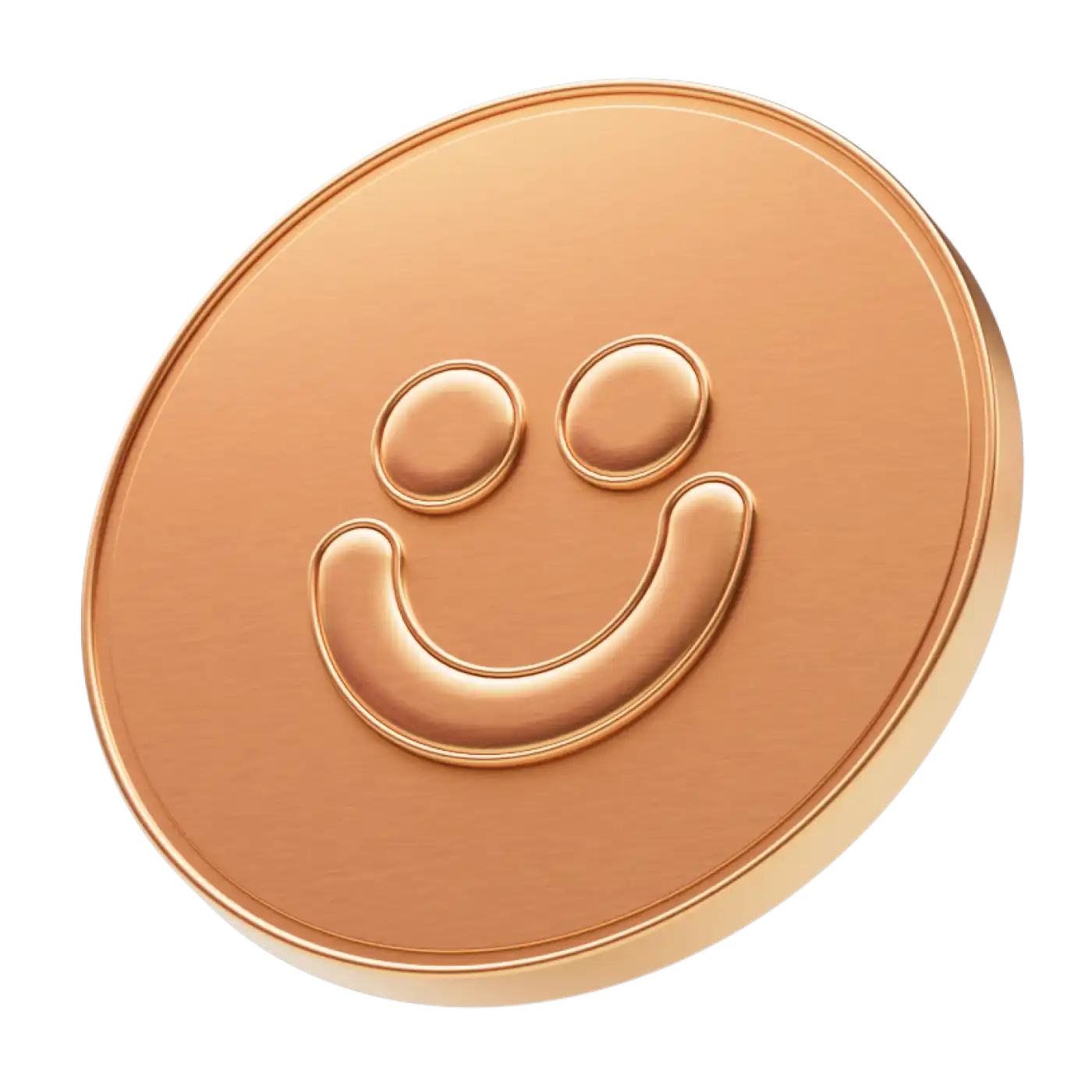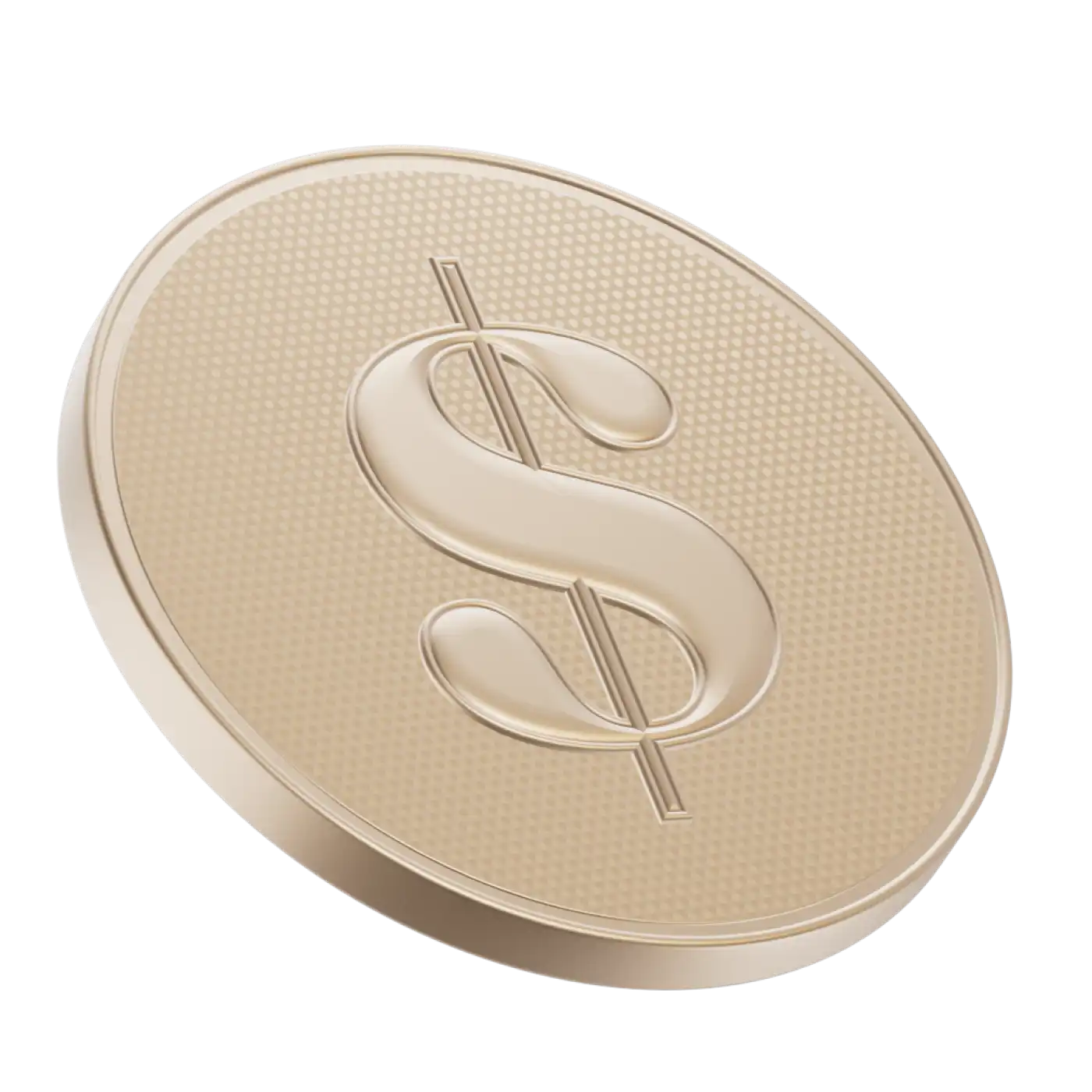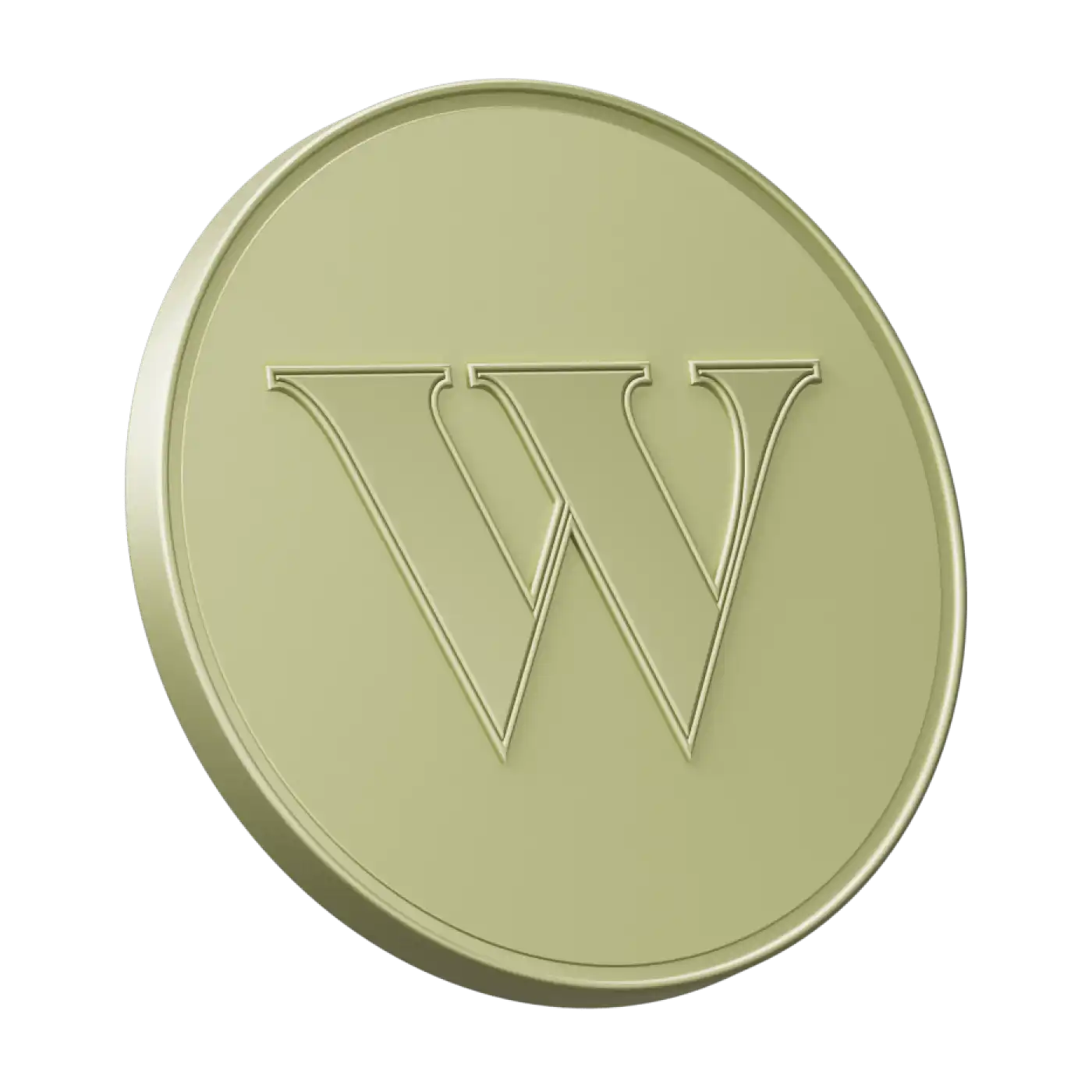A lot of people — people who are clearly not as tuned in as you are — think that when you withdraw from your Registered Retirement Savings Plan (RRSP), you pay a withholding tax “penalty.” But you, wise reader, know (or now know) that’s not the case. In fact, the money you’re charged when you make that withdrawal is just part of what you owe in taxes, since anytime you withdraw from your RRSP, you’re going to owe taxes. The “fee” in question? Think of it more like a partial down payment toward the total amount of tax you will owe the government on the withdrawal when tax time comes around in April.
That tax is based on your overall income and the corresponding rate you’ll be taxed. Generally, the key value of the RRSP is that you make contributions when you’re in a high tax bracket, and, thereby, reduce your taxable income considerably; the money you contribute to an RRSP is considered “pre-tax,” meaning that you can subtract the amount you contribute from your income and pay less in income taxes. Then, you take money out while you’re in a low tax bracket during retirement, so you pay a relatively low tax rate. The money compounds tax-free in between. Score! But when you withdraw the money before retirement, when you’re earning more income, the taxes are going to be higher than if you waited. The point is: RRSP withdrawals prior to retirement, and outside of defined programs like the Home Buyers' Plan (HBP) or Lifelong Learning Plan (LLP), are generally not the best move, and you should explore other possible avenues for cash before you rob your RRSP.
What's the RRSP withholding tax rate?
For example: say you’re 45 and nowhere near retirement, and the roof of your house collapses. You need money right away, so you decide to withdraw early from your RRSP. Well, that’ll come at a cost. (It would be better to get the funds from a savings account instead, such as your Tax-Free Savings Account (TFSA), which can be withdrawn with no tax consequences.) When you withdraw from your RRSP before retirement, you’ll be charged what’s known as a withholding tax, which will be withdrawn from your account directly by the financial institution where you have your RRSP. That amount then goes to the government.
RRSP withholding tax is charged when you withdraw funds from your RRSP before retirement. The current rate of RRSP withholding tax is 10% for withdrawals up to $5,000, 20% for withdrawals between $5,000 and $15,000, and 30% for withdrawals over $15,000.
The tax rate depends on how much you withdraw and where you reside. If you are a resident of Canada, the withholding rates are as follows:
10% (5% in Québec) on amounts up to $5,000
20% (10% in Québec) on amounts over $5,000 up to including $15,000
30% (15% in Québec) on amounts over $15,000
(Residents of Québec also pay a provincial sales tax of 14% in addition to the federal withholding tax. If you are a non-resident of Canada, you will pay a 25% withholding tax rate, regardless of the size of the withdrawal.)
Is the RRSP withholding tax my only cost?
Nope, not necessarily. Your withholding tax won’t be the only time you’ll have to pay. The amount you withdraw will count as income, so you’ll have to declare it once you do your tax declaration for the year that you’ve withdrawn. If the withdrawal ends up putting you in a higher tax bracket, you’ll have to pay more income tax, since the withdrawal tax likely won’t cover the full amount of income tax you’ll owe. That’s why withdrawing prematurely from an RRSP should really be a last resort, after you’ve exhausted all other possible avenues.
When you withdraw from your RRSP, your financial institution will provide a T4RSP showing the amount you withdrew and how much tax was withheld. You must declare this amount on your T1 General Income Tax Return in the calendar year you withdrew it.
Another important consideration: you don’t get your contribution room back. The Canada Revenue Agency (CRA) only lets you count that contribution once — so unlike with a TFSA, you cannot add back the amount of a withdrawal to the existing contribution room. So, if you take out $7,000, you won’t be able to add it back in later. That means you’ll decrease the amount of money in the account long-term that would benefit from compounding.
How can I avoid withholding tax when withdrawing RRSP funds?
Sorry, you usually can’t avoid paying this tax. Some people try withdrawing multiple smaller amounts in a short period of time in an attempt to avoid the higher withholding tax, but your financial institution could still deduct the amount of withholding tax that would apply to the total amount. For example, if you want to withdraw $10,000 but split it into four monthly withdrawals of $2,500 to avoid the 20% tax withholding rate, your financial institution could still withhold 20% on the last withdrawal if they notice the pattern.
But there are actually two exceptions where early withdrawals from an RRSP won’t incur withholding taxes. These are withdrawals made under the HBP and/or the LLP.
The Home Buyers’ Plan is a program that allows you to withdraw up to $60,000 (tax-free) in a calendar year from your RRSP in order to buy or build a home. You have 15 years to pay the funds back, and repayments start the second year after you withdraw the funds. The CRA will send you a statement each year with your HBP balance owing, payments made to date, and what the minimum payment amount is. In order to participate in this program, you’ll have to fulfill certain criteria, including demonstrating that you’re a first-time home buyer.
Participants in the LLP are allowed to withdraw up to $10,000 tax-free per calendar year from an RRSP, subject to a maximum combined total of $20,000 tax-free to finance full-time education or training for you, your spouse, or your common-law partner. You don’t have to withdraw the full amount at once, and can instead spread it out over four years, as long as you don’t exceed $20,000. The bummer is that you can’t spend it on your child’s education (sorry, junior).
You have 10 years to pay back the funds. The starting year of repayment will depend on how long you remain a qualifying student after the first LLP withdrawal. The CRA will send you an LLP notice each year with your LLP balance, payments made, and the amount of your next LLP payment. You still have to file income tax each year and designate your LLP repayment on Schedule 7.
What are the consequences of withdrawing RRSP money early?
The biggest consequence of prematurely withdrawing RRSP funds early is certainly the tax penalties. Your tax bill can really suffer, especially if you withdraw a large amount, since in addition to the withdrawal taxes, you’ll also be paying more in income taxes.
But another huge consequence of withdrawing funds early? The simple truth is that you’re just robbing your future self of money you’ll need in retirement. An RRSP works its magic when long-term, steady contributions allow funds to grow over many years thanks to the magic of compounding. Withdrawing funds is a huge setback for the progress of your retirement fund, especially since you won’t be able to recuperate the contribution room you’ve lost through early withdrawal.



